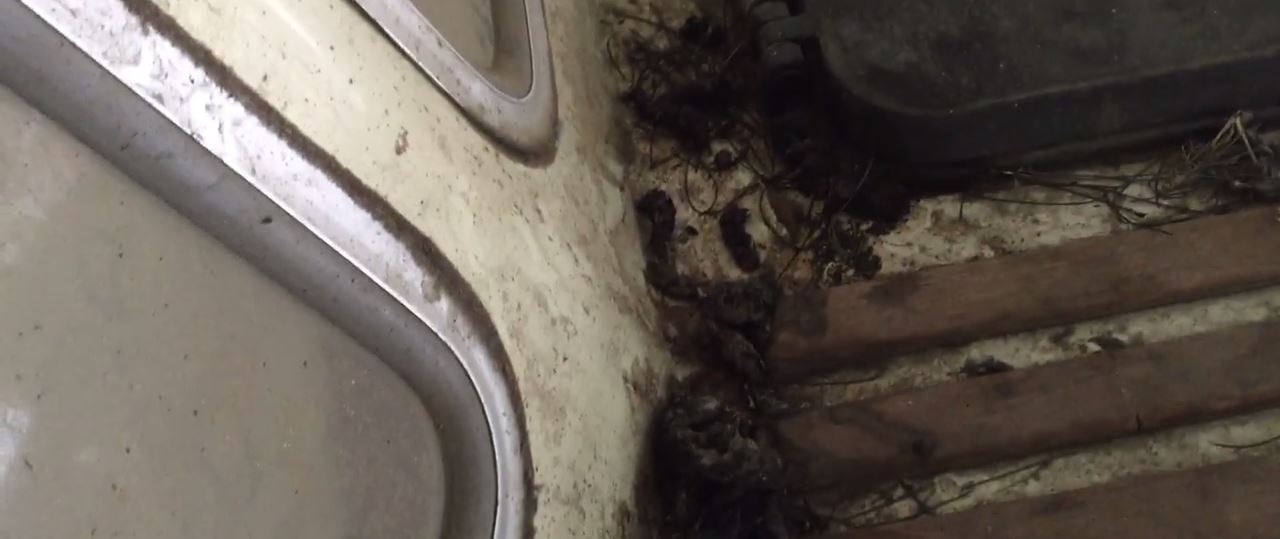What does raccoon feces look like? Where is it found?
Raccoon Poop Description
Fecal matter produced by wild animals such as raccoons is tubular in shape, it is about 2 to 3 inches in length, and it runs slightly smaller than the diameter of an actual hot dog. Generally speaking, an adult raccoon’s poop closely resembles a dog’s poop. However, one very important difference of raccoon fecal matter is the very presence of undigested food remains that are scattered throughout the poop.
For example, if a wild animal such as raccoon has been eating berries, the animal’s poop will be reddish-brown in color and it will contain undigested berry seeds that were consumed and thereby a raccoon’s poop will be speckled with berry seeds. Another example: If a raccoon has been eating corn, corn kernels will appear in the animal’s feces similar to what shows up in people’s feces after eating corn. Raccoons often poop and urinate in the same spot and thereby generate piles of poop called raccoon latrines. Raccoon latrine spots usually include tree bases, garages, stumps, decks and attics.
Raccoon Urine and Feces - Do They Cause Diseases?
Yes, raccoon poop and urine usually cause various diseases. This is why you shouldn’t touch or breathe in raccoon urine and poop. You should never touch raccoon poop with your bare hands!
The most common disease that raccoons transmit to humans or pets is called rabies. Raccoon poop isn’t involved with rabies because that disease is typically associated with saliva contact from a raccoon’s bite or scratch. However, raccoon fecal matter and urine are associated with various other diseases, such as roundworm, giardia and leptospirosis. To prevent yourself from contracting these dangerous diseases, you should never touch or breathe in raccoon scat.
Raccoon Roundworm
Raccoon roundworm, also known as Baylisascaris procyonis, is found inside a raccoon’s intestines, and the eggs of this worm usually show up in the raccoon’s feces. People and pets which unknowingly ingest roundworm eggs may contract roundworm. Symptoms usually vary, but include liver complications, loss of muscle control, blindness, and excessive fatigue.

Giardia
Giardia is a serious infection that can be transmitted by a huge number of animals, including raccoons. Some raccoons carry this dangerous organism in their fecal matter and can contaminate soil, water or any other surface that Giardia may contact. Humans become infected with Giardia by ingesting infective cysts that can be found in a raccoon’s feces.
Giardia symptoms include nausea, abdominal cramps, diarrhea and dehydration.
Read the How to get rid of raccoons page for helpful information and to learn more about What does raccoon feces look like? Where is it found?
What does raccoon feces look like? Where is it found?

